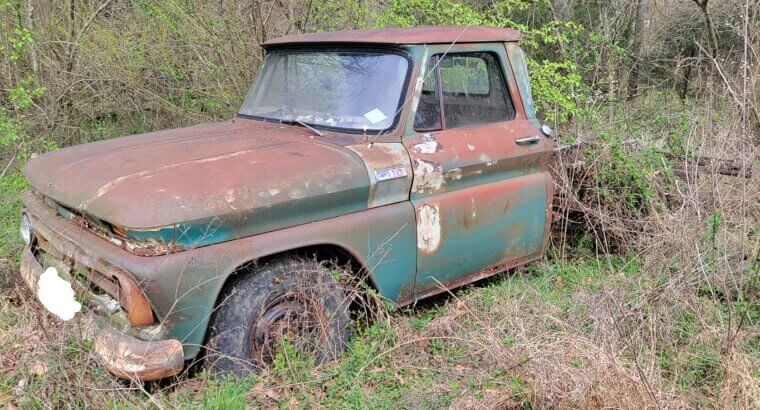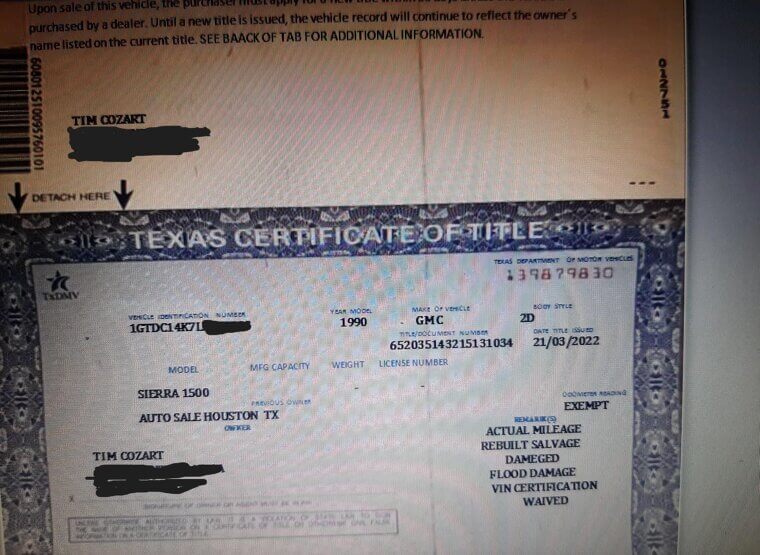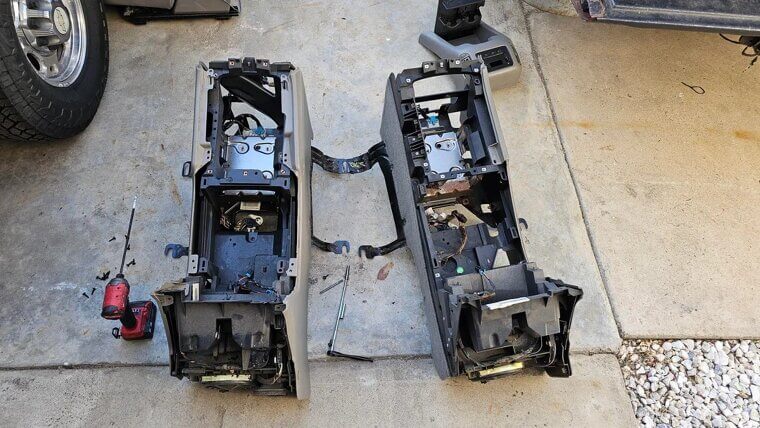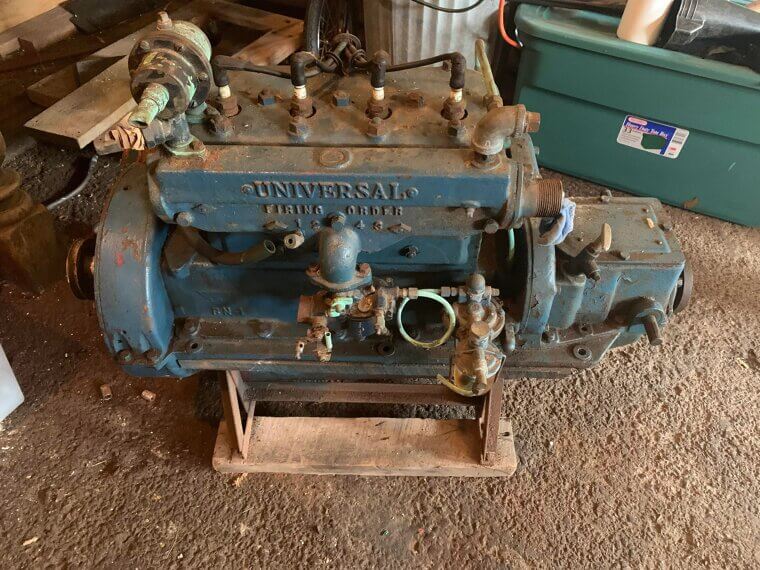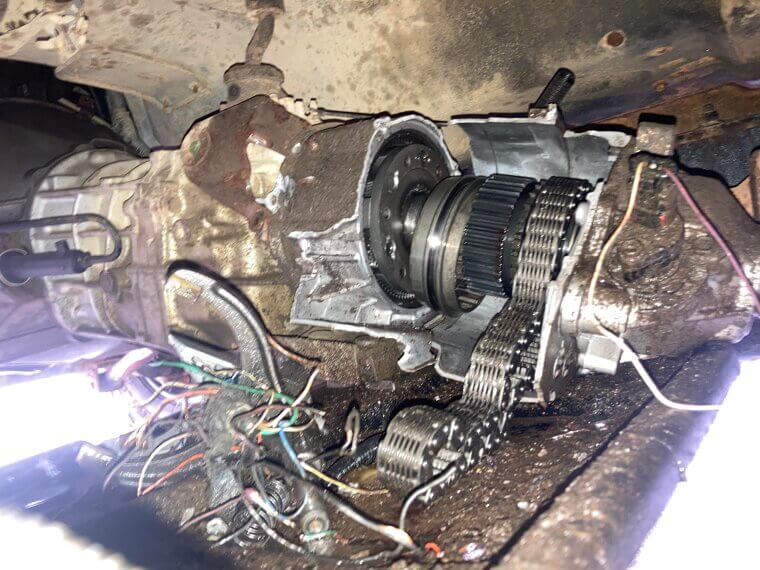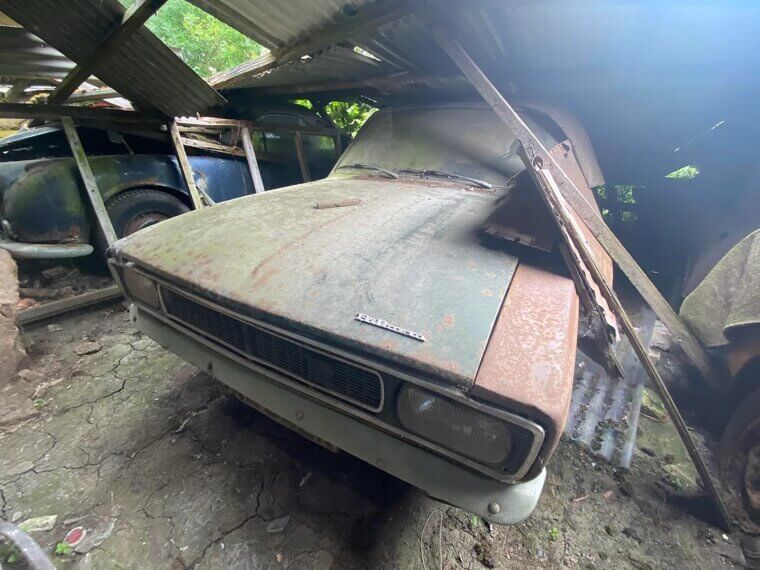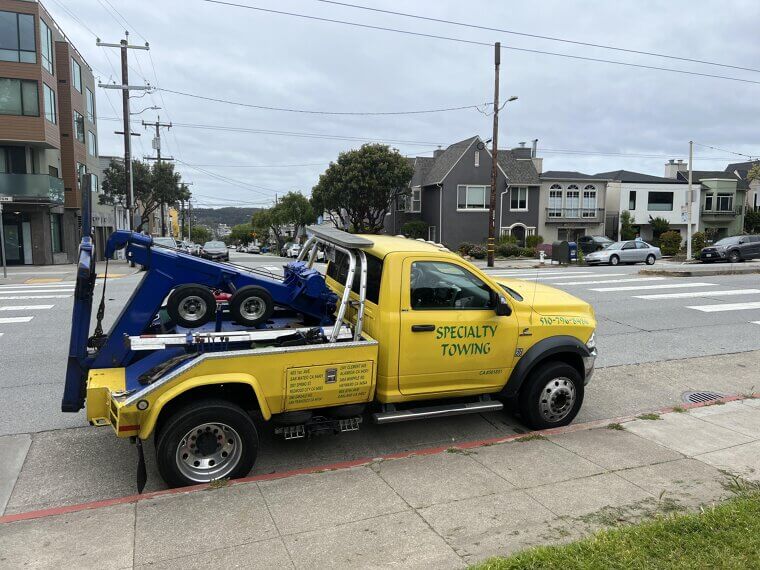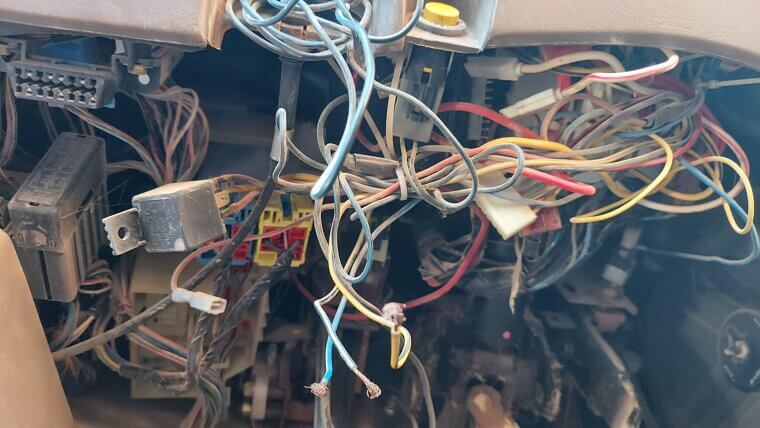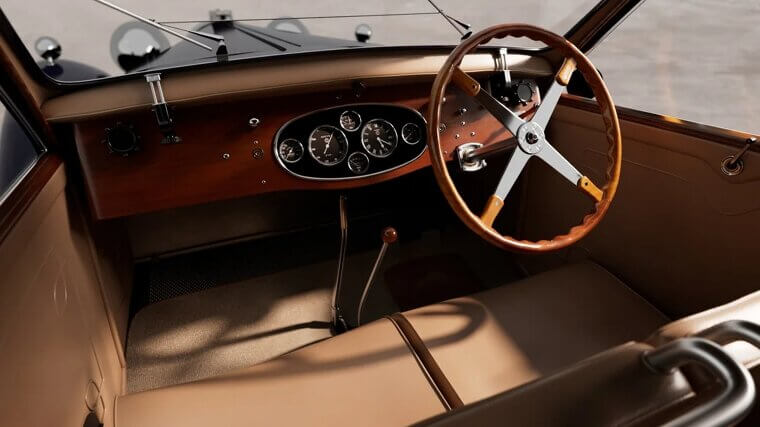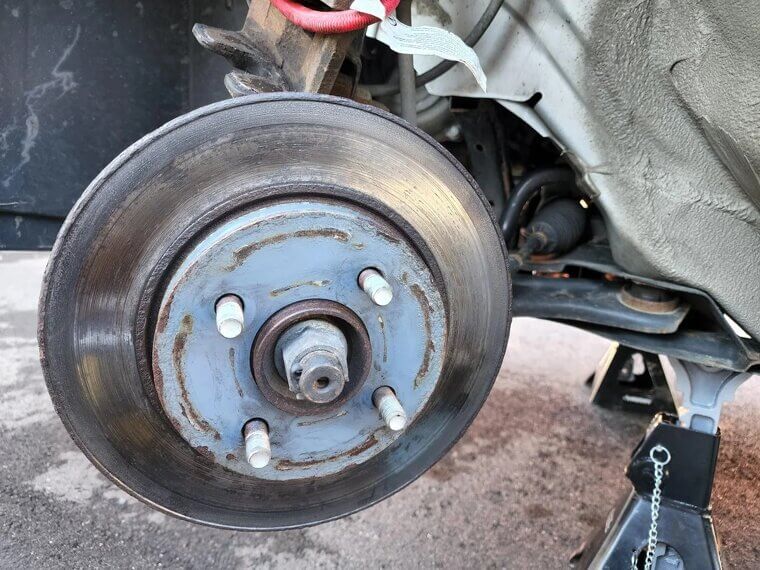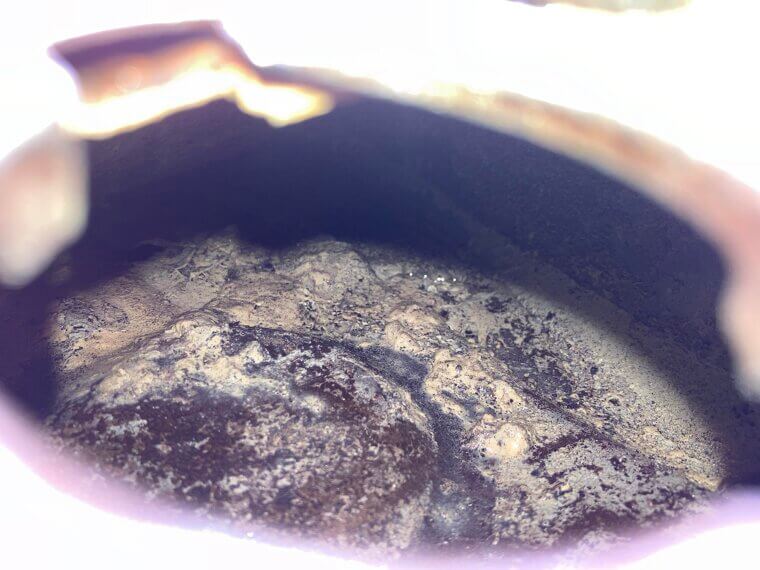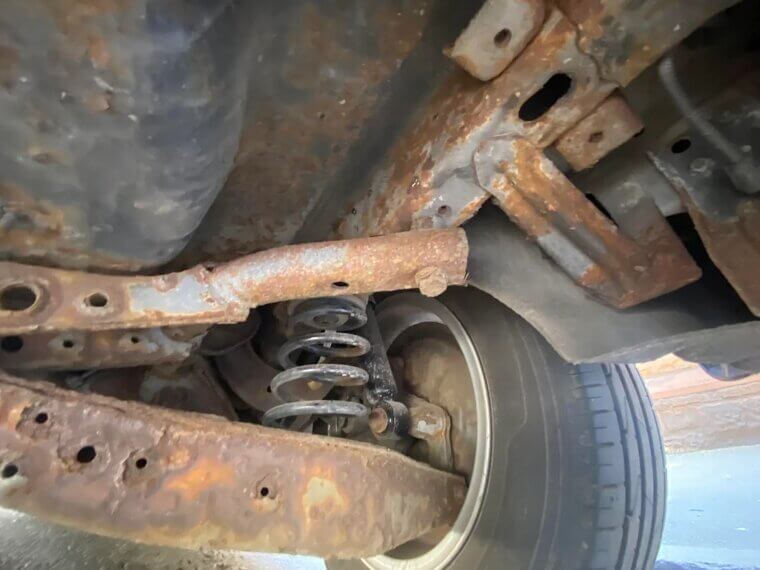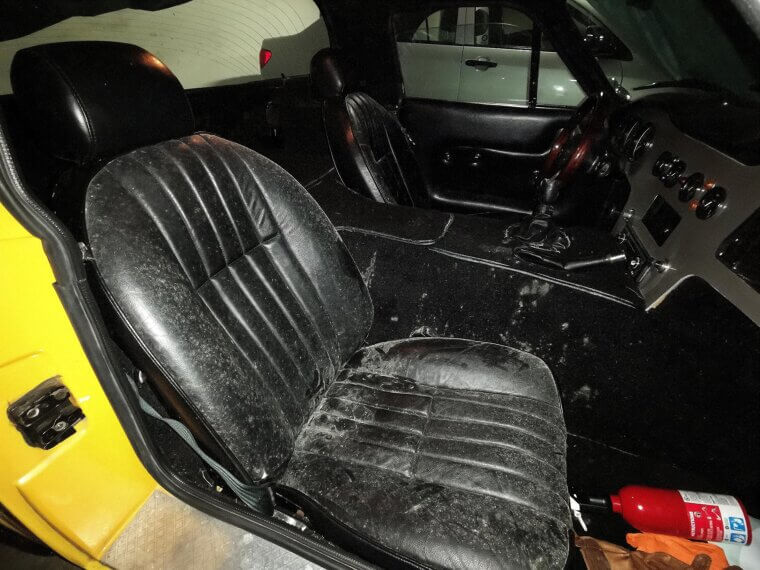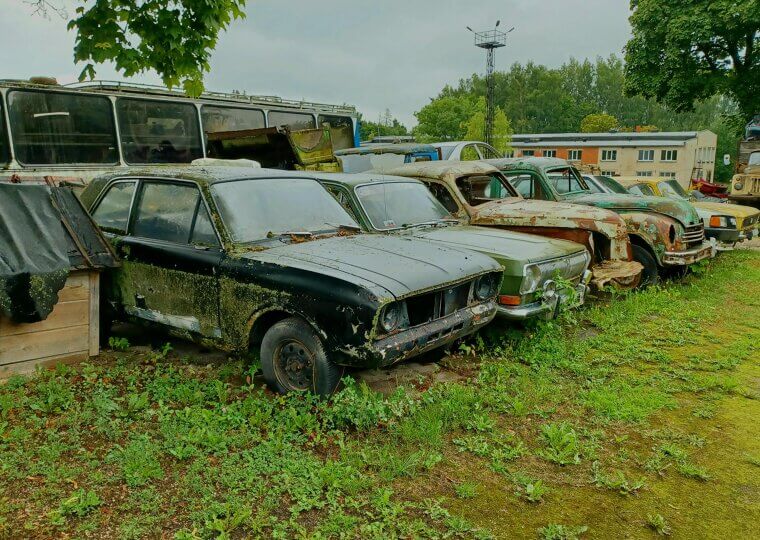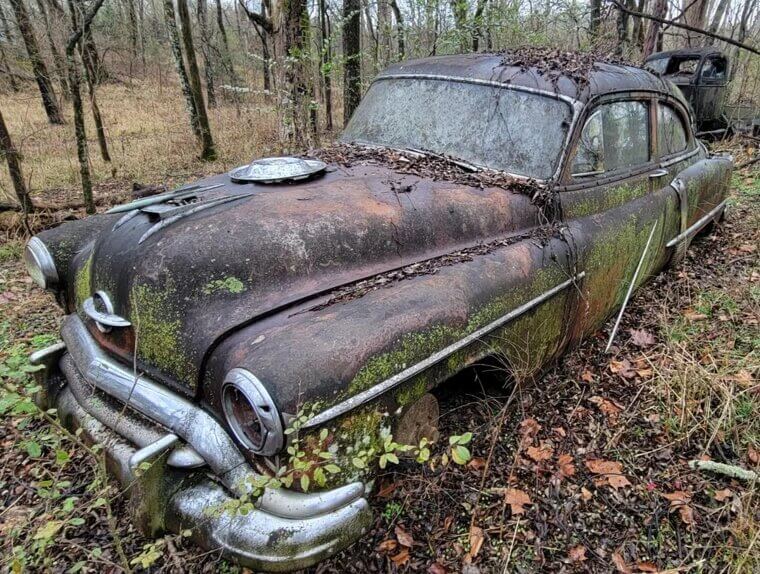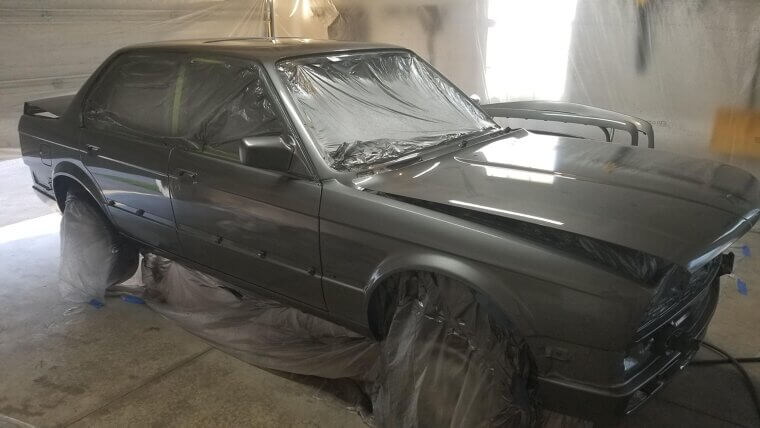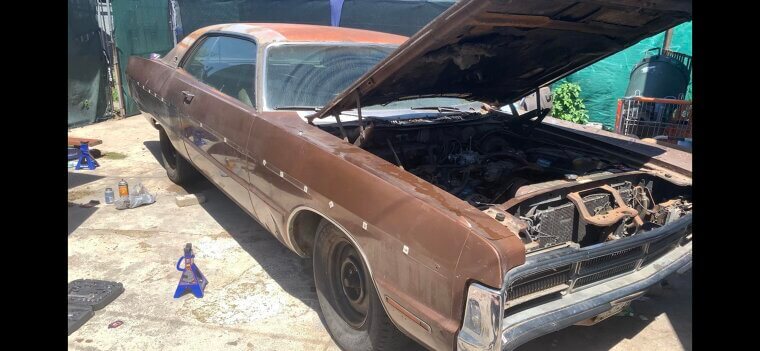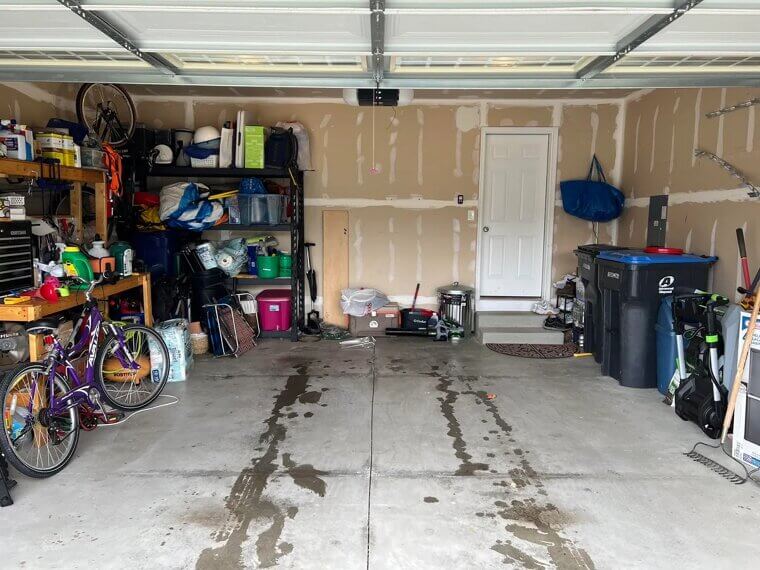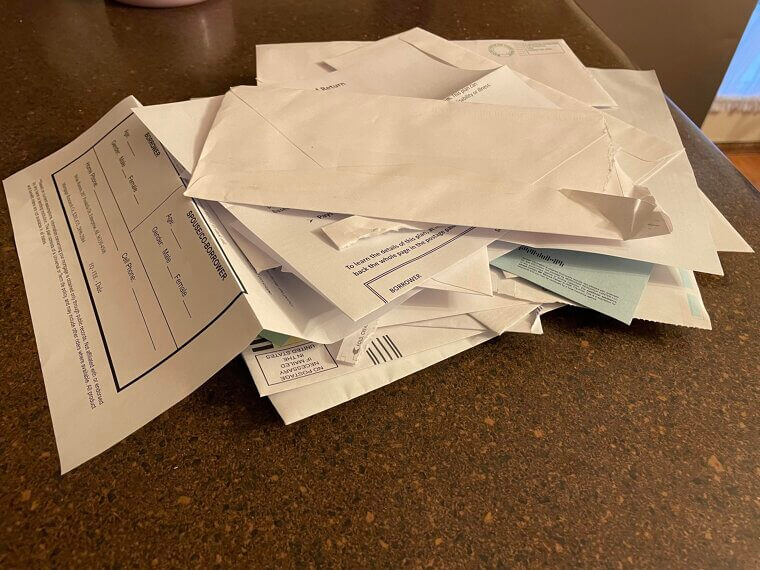The True Cost of Rescuing Abandoned Vintage Cars
Thinking of rescuing a rusty classic from a shed? You might want to hold off until you’ve learned the financial risks that can drain your wallet faster than a leaky carburetor. From hidden damage to parts that cost a fortune, here are 21 money traps you’ll want to avoid.
Rust Issues
That cool vintage car might actually be a money pit in disguise. Rust loves hiding in floors, under wheel wells, and deep in the frame of the car. Fixing it takes major metal work, which means welding, patching panels, and possibly a whole new chassis. Yep, it’s expensive.
Missing Titles
No paperwork? Say goodbye to your peace of mind. Abandoned cars without titles are a legal nightmare. You might just end up with a hunk of metal you can’t drive, sell, or even register. Some states require court orders or bonds just to get new ownership papers.
Finding Parts
Vintage cars don’t come with Amazon Prime delivery. Finding parts might mean scouring junkyards, poring through online auctions, or paying some guy named Earl in Nebraska for that much-needed part. And let’s not talk about the cost!
Seized Engine
That classic V8 that hasn’t roared in 20 years probably isn’t going to just turn over with a new battery. Sitting engines seize, rust, or leak like crazy. Rebuilding once costs thousands, and that’s it, the block hasn’t cracked beyond saving.
Gearbox Problems
A car’s transmission system is basically its nervous system, and an old, neglected one is often toast. Vintage transmissions are rare, wild, and wildly expensive. And you don’t even want to ask about automatic overdrivers from the ‘80s - they’re crazy expensive.
Expensive Paintjobs
Faded paint is not that tricky to deal with. Peeling clear coat, deep scratches, and rust bubbles, on the other hand, are way more costly. A decent paint job starts around $5,000. If you want it show-car shiny, double that.
Unexpected Tow Costs
Here’s a scenario: you score a car for $500 - but it’s 300 miles away and missing wheels. That tow bill will make your eyes water worse than when you’re chopping onions for dinner. Even short distances cost a bundle if the vehicle doesn’t roll, steer, or brake.
Old Wiring
Old wiring in vintage cars is a fire hazard waiting to happen. Brittle wires, crusty connectors, and mystery electrical circuits make old car electrics a nightmare to fix. Rewiring a vintage car is tedious and pricey, so give it a good think before you invest your time - and money - on this venture!
Seat Restoration
Vintage interiors are often more biohazardous than the local park bench seat. Reupholstering, replacing, and restoring seats, dashboards, and interiors eat up your budget before you even touch the engine - and that's if you find the right materials.
Replacing Worn Brakes
Old brakes aren’t just bad - they’re downright dangerous! Rusted lines, seized calipers, and worn drums are all really common in abandoned cars. You’ll likely have to replace the entire system. Safety first, sure - but the cost will stop you in your tracks.
Sludgy Fuel System
Did you know that old gas turns into sticky, varnish-like sludge? Good luck getting that cleaned out. Replacing the entire fuel system is often the only option. Add in a carb rebuild, and you’ve got yourself a fuel fiasco that’s super expensive.
Suspension Tension
Does your “new” ride bounce like a lowrider? That’s your suspension screaming for help. Worn-out shocks make your ride rough - and costly. Replacing vintage suspension parts takes time, tools, and a whole lot of money.
Mold and Damp Issues
A leaky roof or window seal turns your vintage find into a greenhouse of horrors. Mold and mildew don’t just smell bad - they destroy interiors completely. Cleaning may not cut it, and you might just find yourself having to replace everything!
Stuck Fuel Gauge
Fuel gauge stuck? Speedometer dead? Vintage gauges love to quit, and fixing them requires specialized work and finding replacements. Don’t be surprised if that tiny tachometer ends up costing you more than your first car. Retro charm has a hefty price tag.
Paperwork Chase
Some states make it hard to register an abandoned car. Expect hoops, fees, VIN inspections, emissions tests, and long, long lines at the DMV. If it comes from out of state or doesn’t meet local laws, brace yourself for even more red tape and kiss your money goodbye.
No Customer Support
If you’ve picked a rare gem that no one’s heard of, you’re in for a surprise. Often, there’s no aftermarket support, no fan forums you can turn to for help, and zero parts suppliers. You’ll be custom-fabricating your way into debt.
That “Easy Fix” Lie
The seller swears it “just needs a battery.” Sure, and maybe a miracle! What starts as a weekend fix can quickly turn into a full-blown restoration that sees you spending every last cent you have on a piece of junk that’s never going to run.
DIY Regrets
Fixing up an old car yourself sounds like fun, right? Wrong! One wrong move and you’ll be paying a pro to undo your mistakes. In some cases, DIY stands for “Double It Yourself” - and it’s usually referring to the cost.
Low Resale Value
Just because it’s old doesn’t mean it’s worth restoring. So many vintage models have little resale value, no collector appeal, and no market. Check your vintage car’s market value before you sink $10K into a car that’s worth only three.
Storage Issues
Got a garage? Lucky you! If not, storing a project car outdoors leads to more rust, rot, and possibly some nasty neighbor complaints. Sure, you can rent a space, but that’ll cost you more the longer the project drags on.
Expensive Insurance
Insuring your non-running rescued vintage is tricky and expensive. Some companies won’t touch it until it’s fully restored. Others will demand a pricey agreed-value policy. Forget cheap monthly premiums - you’ll be paying extra just for peace of mind, and that’s expensive.


